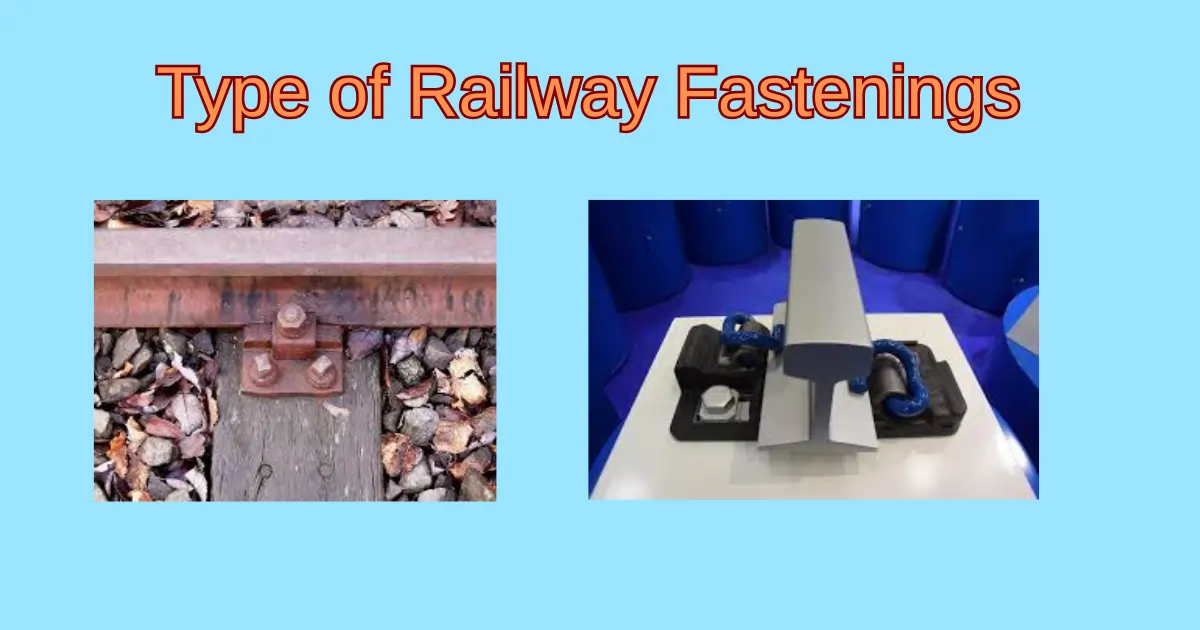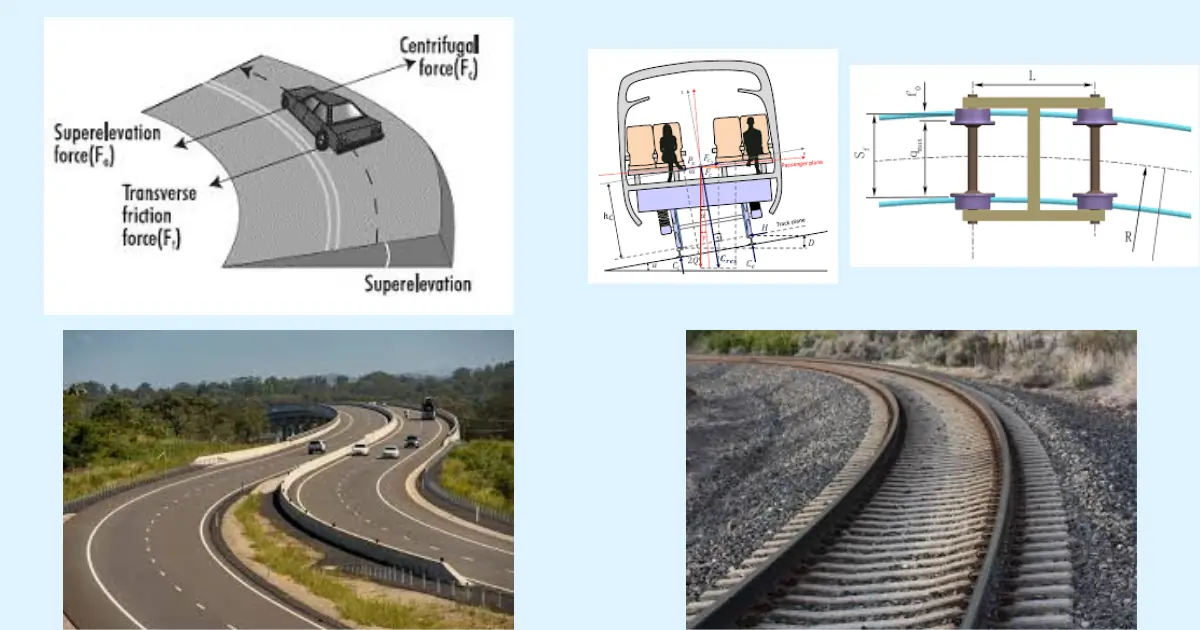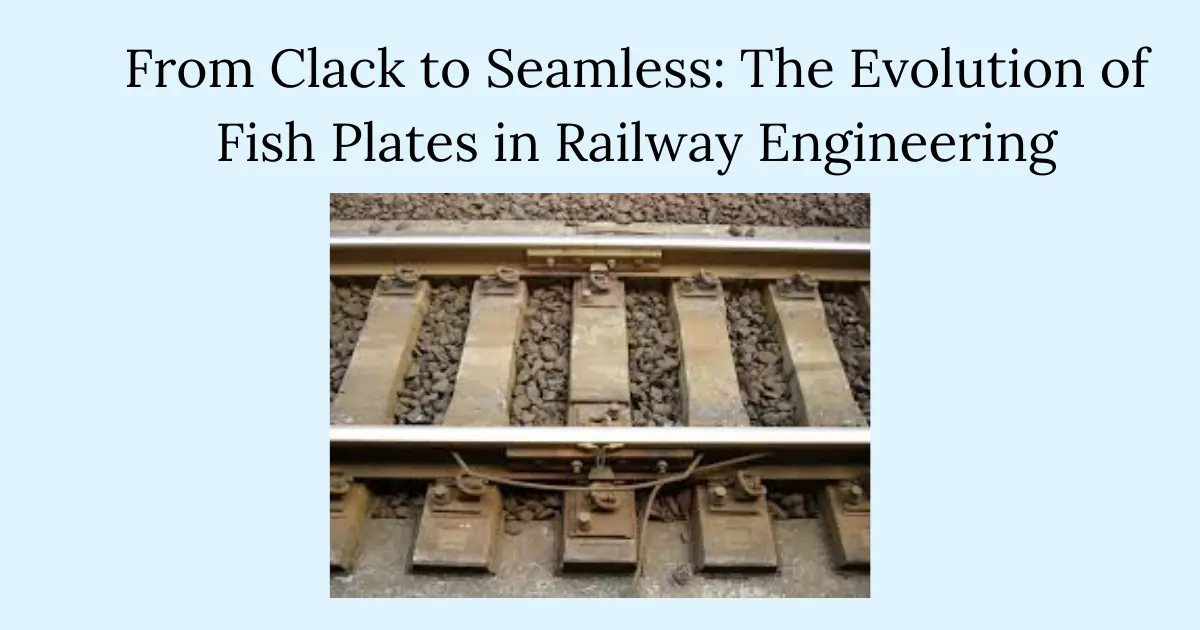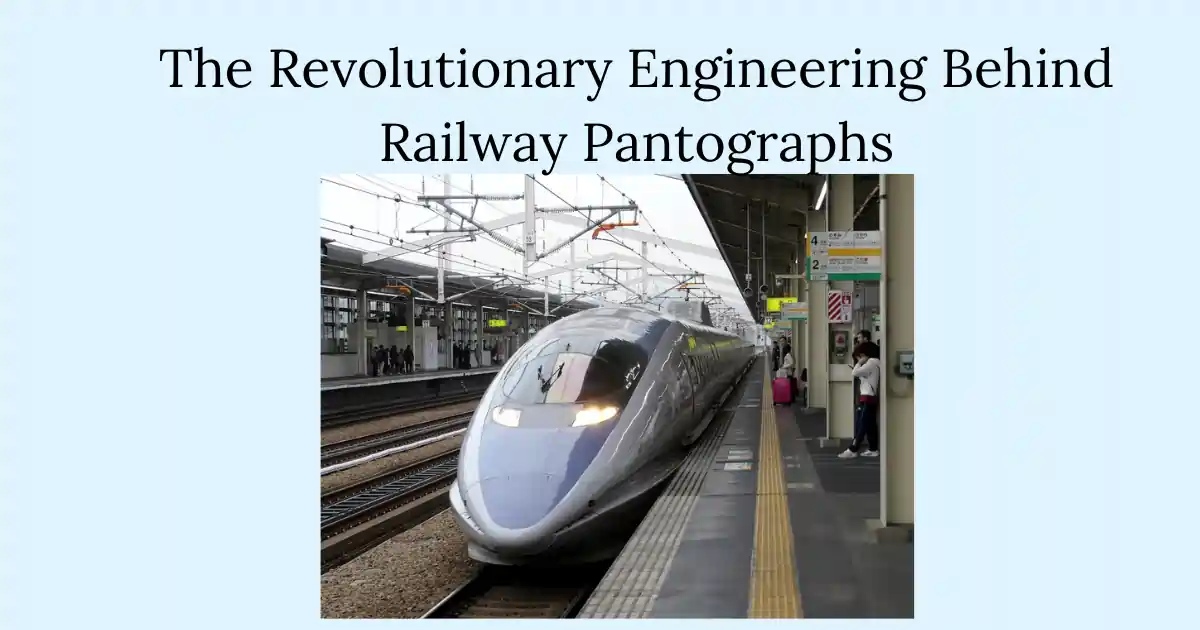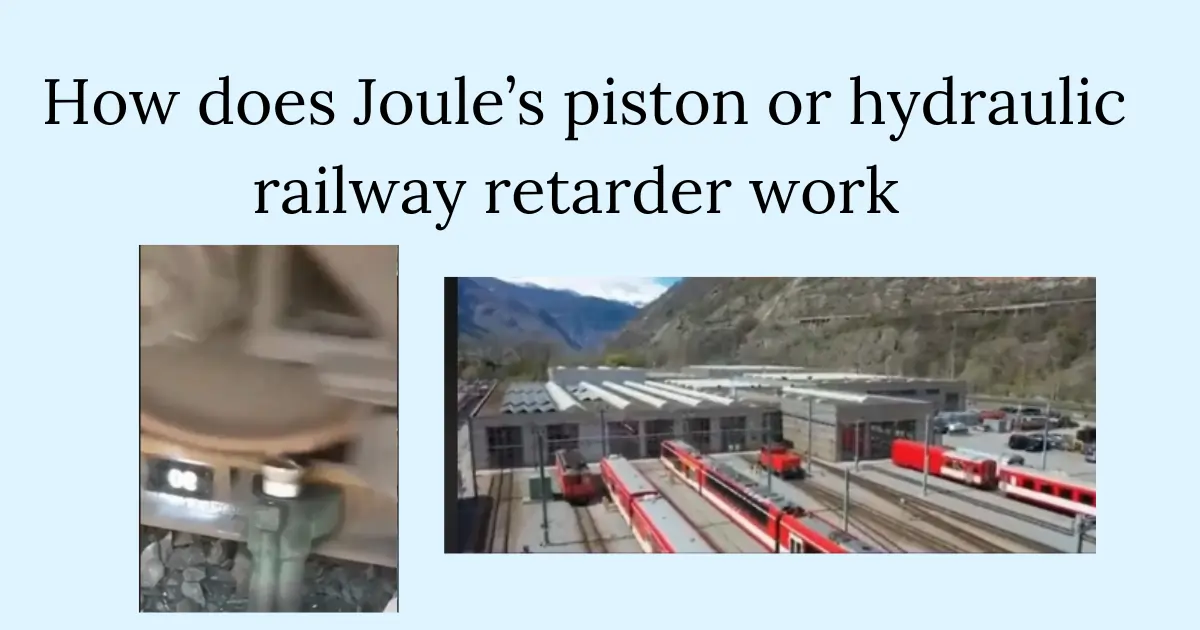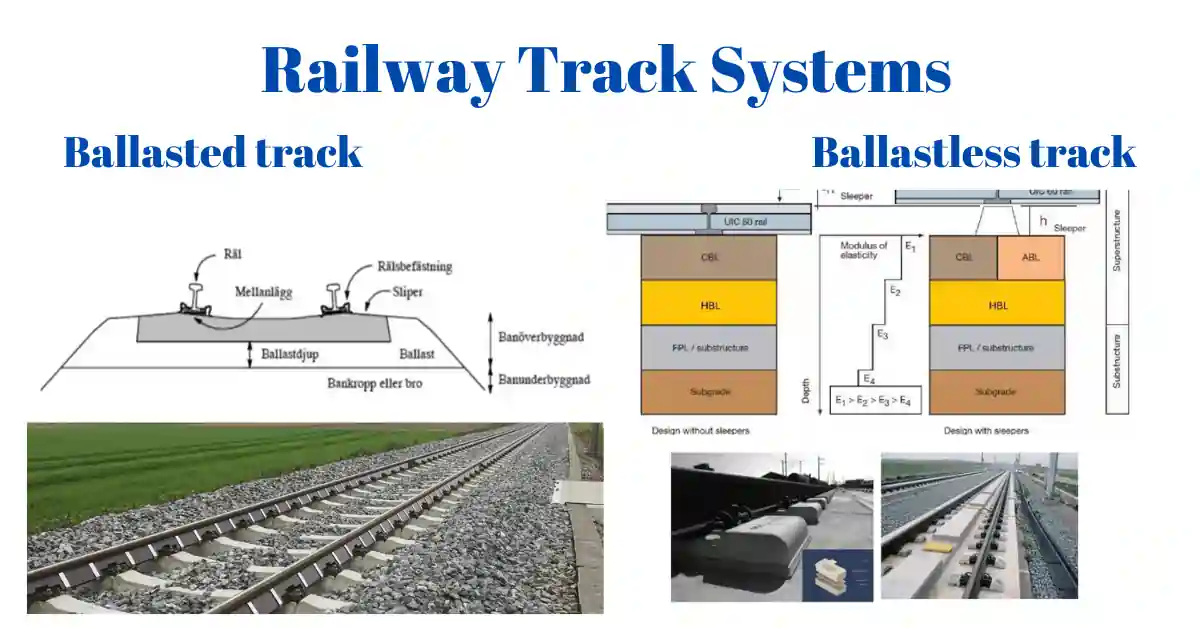Railway track junction components turnouts,crossovers and crossings
Cars have a steering wheel that changes their direction, but what about trains? Trains have no steering wheels; instead, they rely on turnouts and crossovers for directional changes. Railway crossings serve the same function as highway junctions, making trains cross at a point in different directions. Generally, the type of turnouts and crossings can be … Read more


